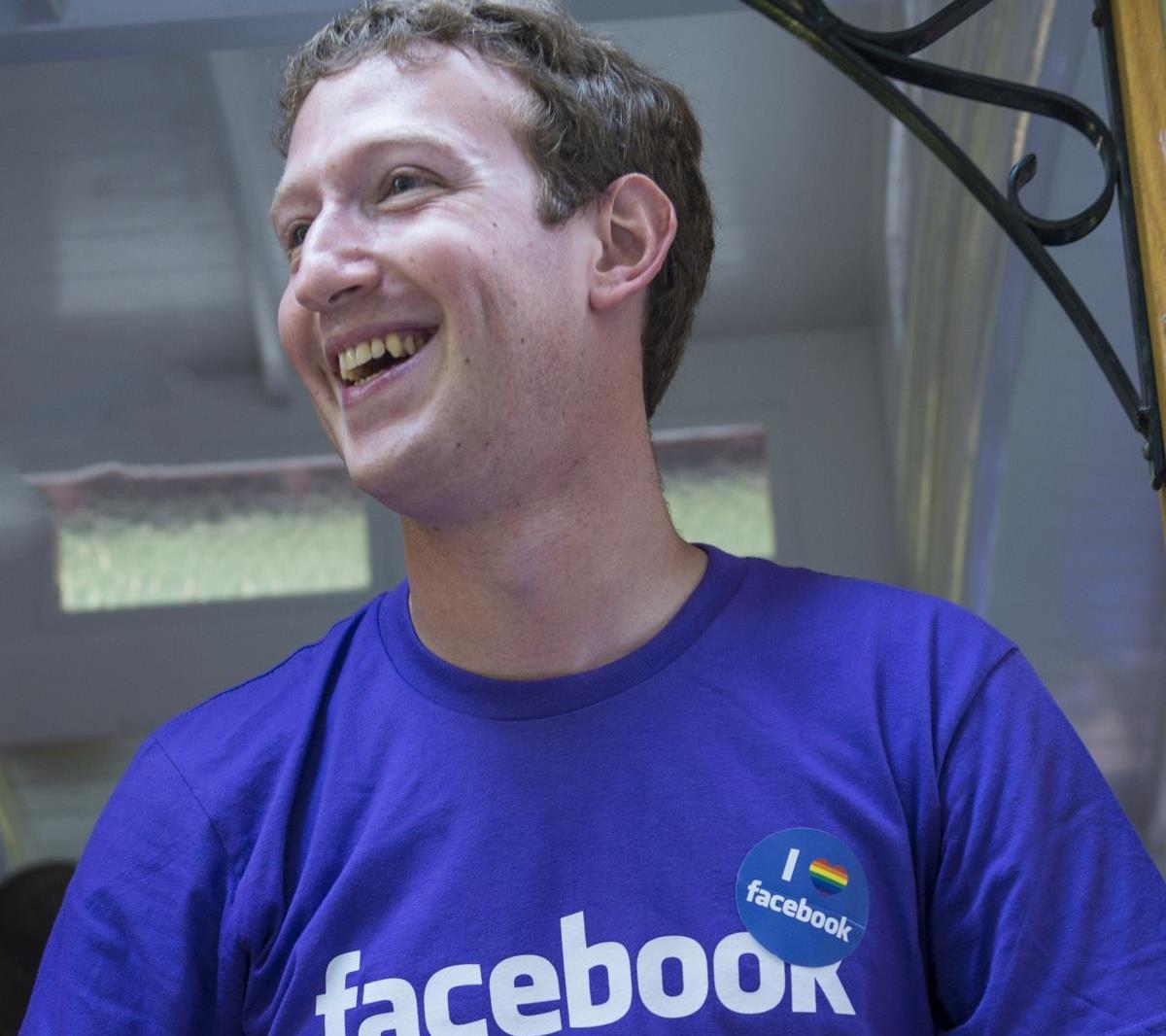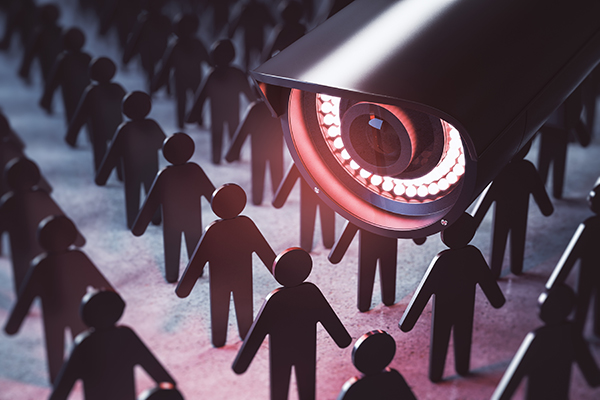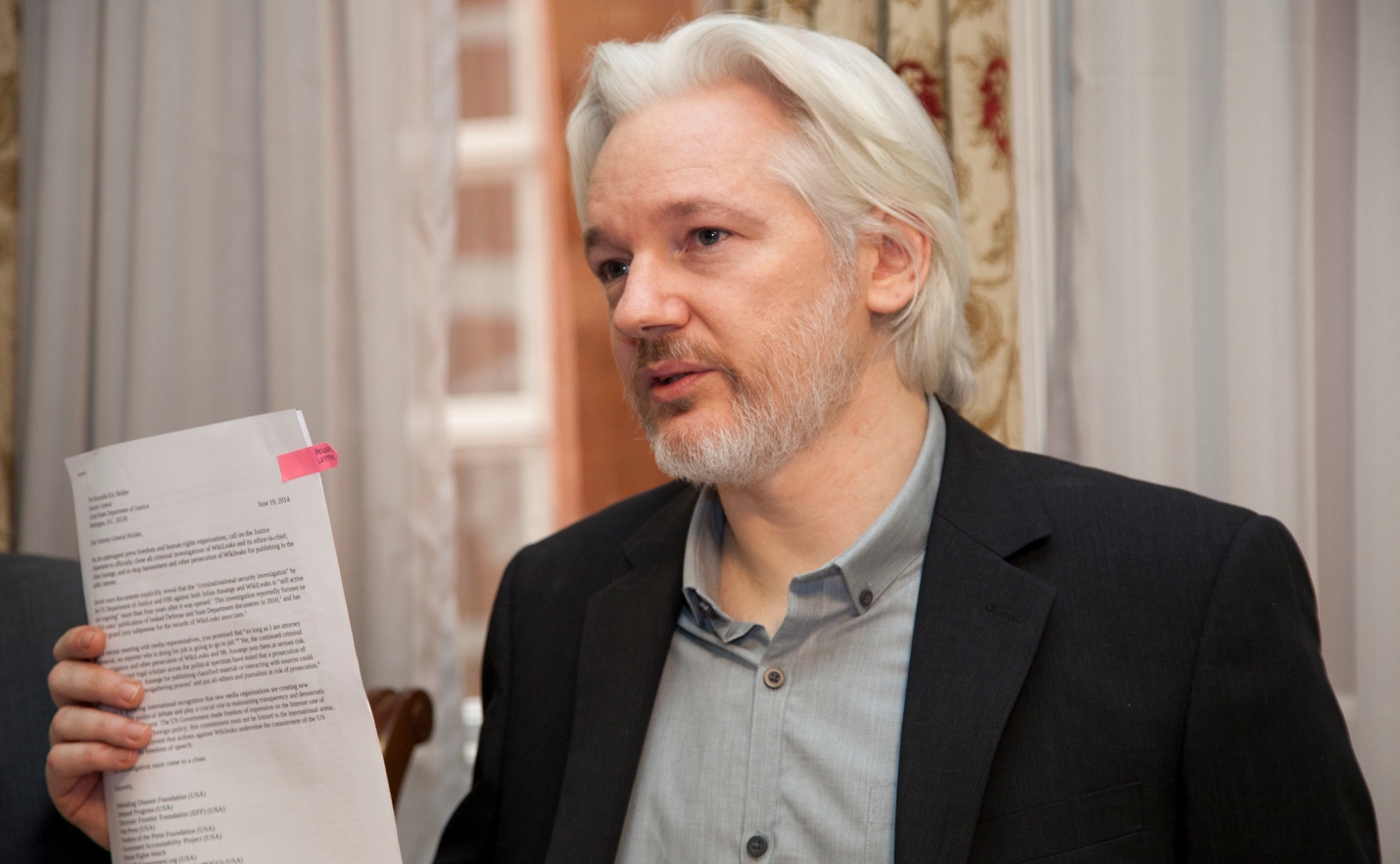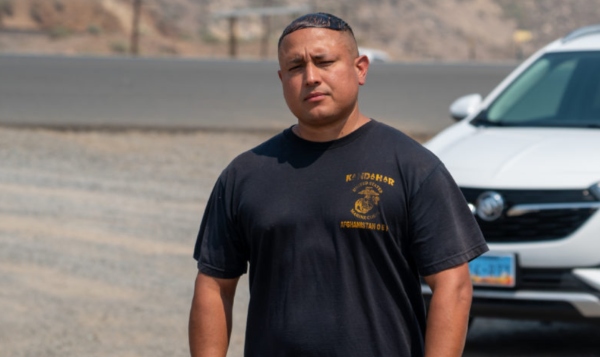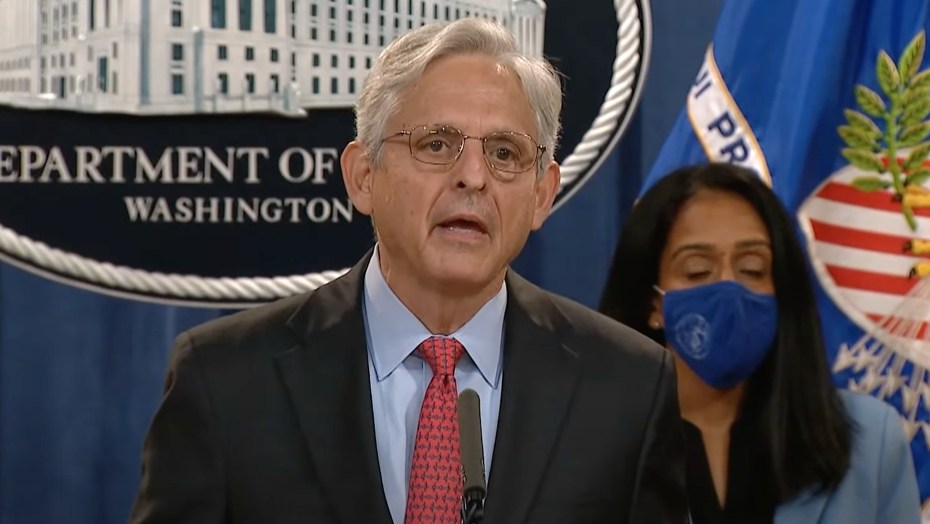Amazon employees extremely mistreated, overworked during the height of the coronavirus pandemic
06/22/2021 / By Arsenio Toledo

During the height of the Wuhan coronavirus (COVID-19) pandemic in the United States last year, Amazon made the equivalent of three years’ worth of profits in just one. But this growth came at the expense of its hundreds of thousands of workers, who were routinely mistreated and overworked.
These revelations come from an examination of Amazon’s practices during the pandemic. (Related: Amazon workers FORCED to work amid rising coronavirus cases, decry workplace as “living hell.”)
From July to Oct. 2020, Amazon hired an additional 350,000 new workers, more than the population of 20 state capitals, including Honolulu, Richmond and Salt Lake City.
But the company has been unable to solve its high turnover rate. Even before the pandemic, the turnover was already at roughly 150 percent a year. This is nearly double the average turnover rate in the retail and logistics industries. To put this turnover rate into context, it means that Amazon replaces its entire hourly workforce every eight months.
The high turnover rate is the result of Amazon’s extreme reliance on intense and rigid productivity metrics. Workers are monitored every single second they are at work. Metrics tell bosses how fast workers get their job done and how much time they spend “off task,” such as during bathroom breaks. If people spend too much time off task, they could get fired even if their performance before that day was consistently stellar.
Despite the clear evidence that Amazon has been overworking and mistreating its workers, Amazon executives still deny any wrongdoing. Vice President of Human Resources and Global Customer Fulfillment Ofori Agboka said “98 percent of everything’s going great – people are having the right experiences” and supposedly getting the help they need when they want it.
Agboka’s only concern was how the social distancing and masking policies set up at the height of the pandemic made it harder for managers to engage with employees.
Stories of Amazon workers show the company did not care about their well-being
Media outlets also investigated working conditions in the company’s only fulfillment center in New York City, known as JFK8.
Alberto Castillo had been working for Amazon at JFK8 for five years. While working mandatory overtime in the early spring of 2020, he became one of the first people in the site to test positive for COVID-19. He was hit by fevers and infections and suffered extensive brain damage. On tests of responsiveness, his wife said, “His score was almost nothing.” Doctors told the wife that Castillo would never again speak, eat or work.
Castillo was proud to be working for Amazon. When he first informed his superiors of his infection, he was told to take as much unpaid time off as he needed to recover. But at the same time, the company told JFK8 that workers in every department would be on mandatory overtime. Castillo’s wife received emails from Amazon telling her husband to report to work.
Whenever the wife attempted to reach out to Amazon to explain her husband’s situation, she would be met by a massive automated email and call system that gave her disjointed and confusing responses. At one point, the automated systems mysteriously halted disability payments to Castillo.
The wife was able to speak to actual human resource workers to get the payments reinstated, but after that, her dialogues with the company reverted to phone trees, automatic replies in emails and voicemail messages from managers asking when Castillo would come back to work.
This was the result of Amazon’s automated systems. They broke down when Amazon workers like Castillo had to deal with sickness, child care issues or other extenuating circumstances.
Another JFK8 employee, Dan Cavagnaro, also experienced firsthand how Amazon’s focus on maximizing profit at the expense of its employees hurt him and others like him.
Cavagnaro started working at JFK8 in 2018. At the height of the pandemic, he filed for an extended leave early in 2020 to avoid getting COVID-19. By late spring, he was struggling to tell his employers that he would come back in June. By July, he was mistakenly fired by Amazon’s automated system. He could not even reach anyone to help him out.
“Please note the following,” he wrote in his final, unanswered email plea. “I WISH TO REMAIN EMPLOYED WITH AMAZON.”
In an interview, Agboka acknowledged that the company was relying too heavily on technology to manage its employees.
“We’re recognizing that in many times, where we thought self-service was good, self-service was not the only – can’t be the only – solution,” he said. “Every experience matters. And when the experiences aren’t right, we’ve got to find a way to fix it.”
But it was not entirely clear how Amazon would fix it or even if it was willing to reconsider its reliance on the systems that track its employees by the second.
“Are they going to address the issue of an expendable workforce,” asked Cavagnaro. “Are there going to be any changes?”
Taking all of this together shows that Amazon’s corporate culture openly valued maximum profits at the expense of employee safety and quality of life.
In Amazon founder and chairman Jeff Bezos’ final letter to shareholders as CEO in April 2021, he asserted that he wanted the company to become the world’s “best employer” and “safest place to work.”
But for such a dream to happen, changes need to take place because Amazon’s culture of rapid growth at the expense of its workers is fundamentally incompatible with one that treats workers humanely.
Sources include:
Tagged Under: Amazon, coronavirus, corporations, covid-19, Jeff Bezos, labor, labor practices, mistreatment at work, pandemic, surveillance, work conditions, workers, workplace abuse, workplace conditions, workplace surveillance
RECENT NEWS & ARTICLES
COPYRIGHT © 2018 ORWELLIAN.NEWS
All content posted on this site is protected under Free Speech. Orwellian.news is not responsible for content written by contributing authors. The information on this site is provided for educational and entertainment purposes only. It is not intended as a substitute for professional advice of any kind. Orwellian.news assumes no responsibility for the use or misuse of this material. All trademarks, registered trademarks and service marks mentioned on this site are the property of their respective owners.




